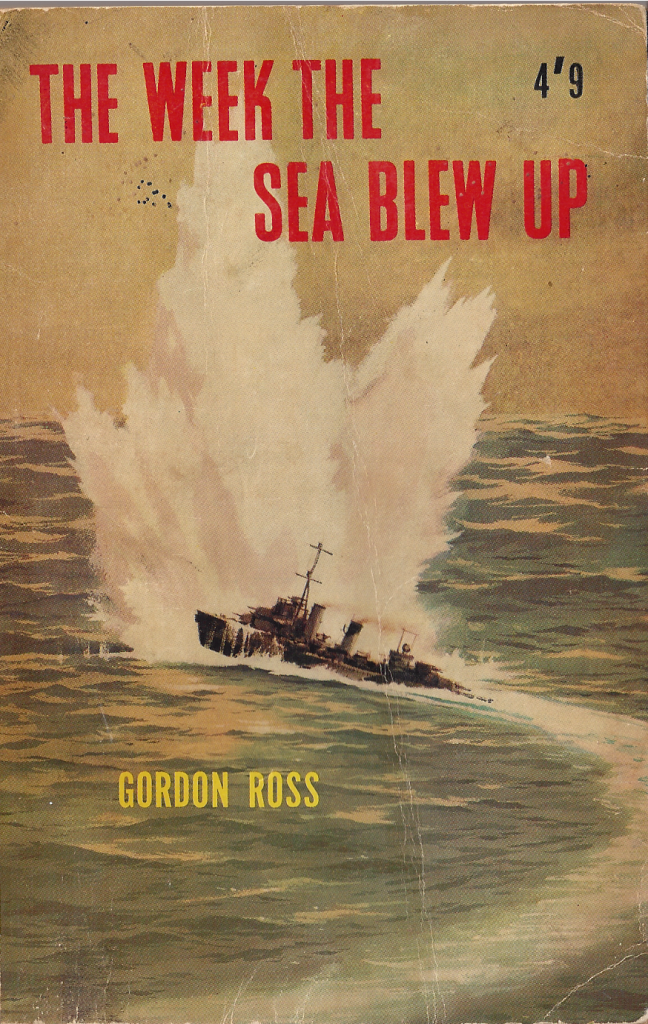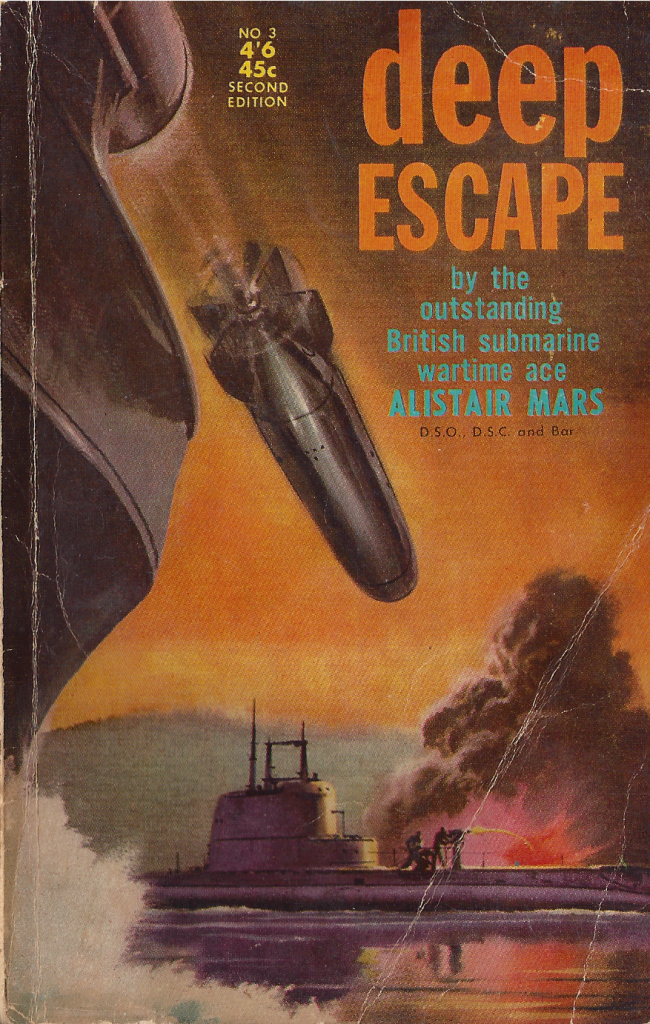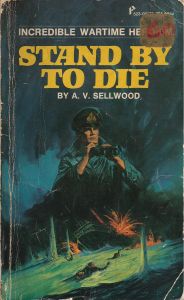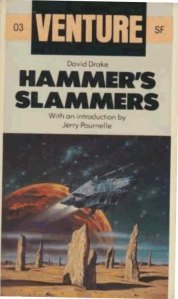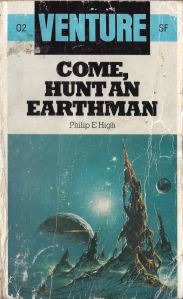I got this book for 50c at a library that was selling off old books. I enjoyed Wishful drinking well enough. Though Fisher’s self-deprecating shtick would I suspect have become annoying had that book been much longer, the combination of verbal wit, jokes and frankness, and a willingness to own her mistakes and weaknesses — and also own the growth they had induced — was on the whole quite entertaining and at times insightful.

I cannot say this book is as good. It is funny in places. It is in fact very odd and left me feeling somewhat icky, as if I had done something a little sordid just by reading it.
This review is largely about what the book is and is not; not necessarily whether it is good or bad, but whether it is what a reader might expect it to be, which they may find useful if thinking about reading it.
First, a warning. Yes, it contains diary entries from while Carrie Fisher was working on Star wars. But, and it is a big but, none of them actually tell you anything much about the movie, its history, creation and so on. What they are is the self-analysis, self-flagellating, self-critiquing of a Carrie Fisher who was trying to work out what she wants, and why she (feels like she) loves Harrison Ford when he was not actually enjoyable to be with and never going to stay with her.
Fisher is 19, 20 years old. Ford is 35 and looking for some physical pleasure while away from wife and kids filming. The book rather suggests that he initially misreads Fisher’s worldliness, assumes she is able to have some fun and let it go at that, then later realises that she’s not that experienced, and is rather hooked on him, which troubles him but he allows it to go on. She cannot help falling in love in the intense and sometimes hopeless way that we do when it’s the first or second time, and berates herself over her lack of wisdom but does not/cannot walk away.
In other words, we’re looking at a young person’s deeply personal diary, that they are writing as a coping mechanism at a confusing and intense period in their life.
Even though that very person decided to publish these words, even though they bracket them in words they wrote at the age of 60, when they could be expected to know their own mind, it still, to me, feels invasive reading this stuff.
I mean, it has an honesty that you rarely encounter, in an oversharing kind of way. Can anything be more cringeworthy than teenage diaries? Would you want your teenage thoughts, poems, crushes and insecurities printed and distributed? Carrie Fisher did, it would seem. That could be seen as brave. And if you are a male novelist who wants to write a young articulate female character, it might be useful research. But by reading it I kind of feel complicit in some kind of bad decision. Like I let my friend drive drunk.
The material in the book before the diaries kick in starts off a lot like Wishful drinking; anecdotes, context from the times, that sort of thing — quite entertaining. Then Ford starts to dominate the narrative, and it veers off into self-analysis, and then the diary entries come in, and then we get a grab bag of stuff about times since, including a long discussion of signing photographs for money.
The central scene, in a way, is shortly before the diary entries start. They are having a party, and Fisher, seemingly the only young woman on the scene, is first pressured into getting drunk, then almost carried off for possibly illegal purposes by large male members of the film crew, then ‘saved’ by Ford who then snogs her in the taxi, which leads to their first night together.
It is a long way from insights into how a beloved movie got made.
So it is a slightly odd grab bag with an awkward kernel that might not be what you expect based on the cover blurb.



